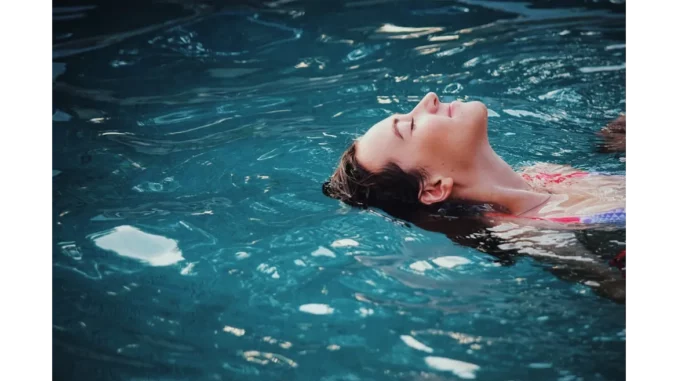
Discovering the True Art of Relaxation: A Guide to Mastering Muscular Tranquillity
In today’s fast-paced world, the essence of true relaxation often gets muddled with mere recreation. Many mistake the act of lounging or watching television as sufficient relaxation. However, for individuals grappling with anxiety disorders, genuine relaxation is a profound process necessitating the complete elimination of muscular tension and stress. This level of tranquillity isn’t something that casual leisure activities can achieve; it demands a structured and consistent approach to muscle relaxation.
Understanding the Essence of True Relaxation
Relaxation stands as the antithesis of tension. When practised regularly, it can alleviate many symptoms associated with nervous tension. Over time, consistent practice can lead to improved sleep quality, deeper rest, and heightened energy levels for both work and recreational activities. Enhanced concentration and mental alertness are additional boons often reported.
It is vital to acknowledge that deep relaxation is a skill, akin to learning to play a musical instrument or mastering a new language. The more one practises, the quicker the benefits become apparent. Beginners might initially face challenges, but perseverance is the cornerstone of success.
The Programme: Distinguishing Between Tension and Relaxation
The relaxation programme aims to help individuals discern between muscle tension and relaxation. By understanding this distinction, one can swiftly identify moments of rising tension or anxiety in everyday scenarios and take prompt action to relax the relevant muscles. This practice, known as “differential relaxation,” involves the ability to relax specific muscle groups at any given time.
To seamlessly incorporate this method into daily life, it is crucial to learn the exercises thoroughly. This way, whether walking down the street or commuting on a bus, one can recognise mounting tension and take steps to relax the appropriate muscles.
Preparing for Deep Relaxation
When engaging in deep relaxation, it is essential to be in a quiet, warm environment free from interruptions. Wear loose, comfortable clothing and either sit or lie down with your arms by your sides and legs uncrossed.
Begin the exercise without exerting too much effort, as forcing relaxation can paradoxically lead to increased tension. Initially, some individuals might feel more tense and panicky, but this is a normal response that will diminish as the body acclimatises to true relaxation. Follow the instructions slowly, keeping your mind focused on the word “relax.”
Step-by-Step Relaxation Exercises
- Hands and Forearms: Clench your fists tightly, hold for five seconds, then relax. Observe the contrast between tension and relaxation.
- Upper Arms: Bend your arms at the elbows, aiming to touch your wrists to your shoulders. Hold for five seconds, then relax.
- Back of Arms: Straighten your arms as firmly as possible, hold for five seconds, then relax.
- Shoulders: Shrug your shoulders tightly into your neck, hold for five seconds, then relax.
- Neck: Press your head back as far as you can, hold for five seconds, then relax.
- Forehead: Raise your eyebrows as though enquiring, hold for five seconds, then relax.
- Brows and Eyelids: Frown and squeeze your eyes tightly shut, hold for five seconds, then relax.
- Jaw: Clench your teeth as hard as you can, hold for five seconds, then relax.
- Tongue and Throat: Push your tongue against the roof of your mouth, hold for five seconds, then relax.
- Lips and Face: Press your lips together tightly, hold for five seconds, then relax.
- Chest: Take a deep breath, hold it, count to five, then exhale and relax.
- Stomach: Tense your stomach muscles as though preparing for a punch, hold for five seconds, then relax.
- Hips and Lower Back: Arch your back and clench your buttocks, hold for five seconds, then relax.
- Legs and Feet: Straighten your legs and point your toes down, hold for five seconds, then relax.
After completing these exercises, allocate 10-15 minutes to let the sensation of relaxation permeate your entire body. Focus on the word “relax” and savour the feeling.
Integrating Relaxation into Everyday Life
It is advisable to practise this relaxation programme at least twice daily until it becomes second nature. Once these techniques are mastered, you will be able to relax any muscle group at any time, thus effectively managing stress and anxiety.
By embedding relaxation into your daily routine, you can significantly enhance your overall well-being, paving the way for a more serene and fulfilling life.


Be the first to comment